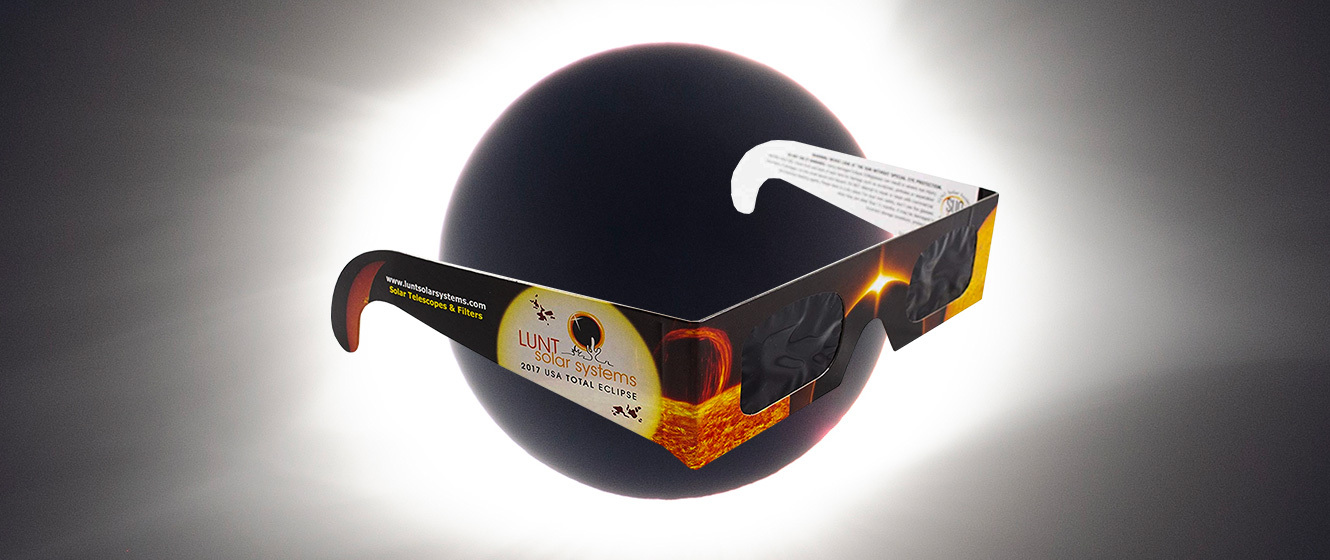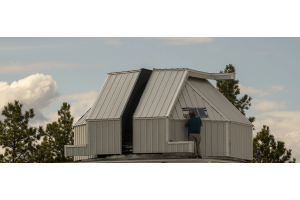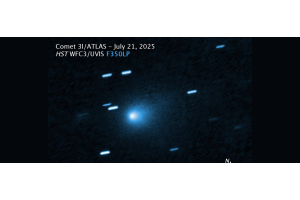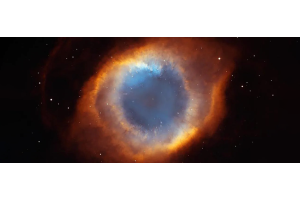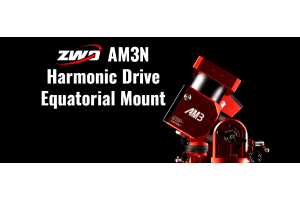visual astronomy
Visual astronomy involves witnessing astral phenomena with the naked eye or through an optical device like a telescope. Even today, the amateurs in astronomy are overwhelmingly pouring out the effort and time to visually observe and record their experiences using momentary star watches and telescopes to elevate our understanding of the cosmos.
Understanding Visual Astronomy
Visual astronomy involves observing celestial phenomena using the naked eye or optical devices like telescopes. Even today, amateur astronomers dedicate significant time and effort to visually observe and record their experiences, contributing to our understanding of the cosmos.
Selecting the Right EquipmentWhen it comes to visual astronomy, choosing the right equipment is crucial. The naked eye suffices for casual observation, but serious enthusiasts and professionals rely on telescopes. Telescopes gather more light, enabling enhanced visibility and finer detail observation. Various telescopes are available, ranging from portable models for amateurs to research-grade instruments in massive observatories.
Considerations for Telescope Selection Several factors influence the choice of telescope for visual astronomy. A larger aperture provides brighter images, while the mount type affects tracking stability. Amateurs may opt for portable and affordable models, whereas professionals require higher-performance telescopes tailored to their research needs.
Exploring Accessories and TechniquesIn Besides telescopes, various accessories and techniques enhance the visual astronomy experience. Filters allow observation of specific wavelengths, aiding in discerning details on planets and nebulae. Star charts, catalogs, apps, and software assist in locating celestial objects in the night sky. Observing from dark sky locations minimizes light pollution for better visibility. Detailed sketches and photographs taken through the telescope serve as valuable records for further study and sharing. Joining local astronomy clubs provides access to equipment and expertise, enriching the observational journey.
The essence of visual astronomy lies in the magnificence of seeing breathtaking cosmic vistas and phenomena with one's own eyes. Despite the increasing use of advanced equipment and data analysis in modern astronomy, there is an elemental thrill in beholding the splendors of the universe through a telescope eyepiece or even the unaided eye under pristine dark skies. Such direct vision reveals space's beauty, vastness, and mystery in a profound personal way. Across cultures and history, visual astronomy has inspired art, literature, philosophy, and religion.
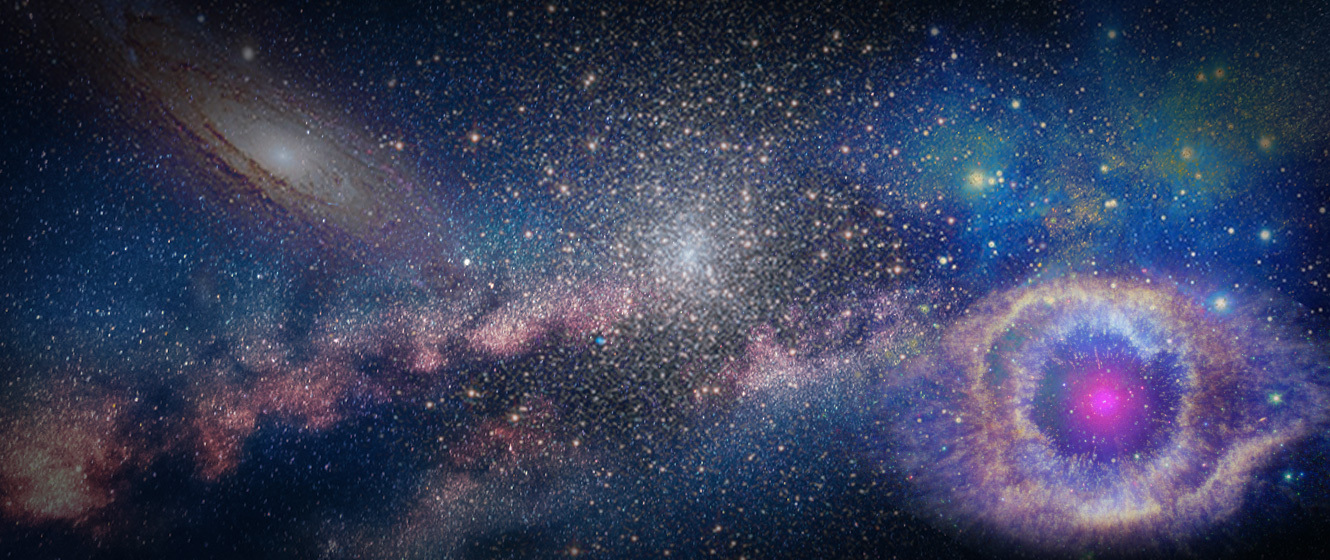
For amateur astronomers today, commercially made portable telescopes equipped with superb optics offer easy access to cosmic observation as a recreational activity. From the familiar craters of the Moon to the rings of Saturn, star clusters, bright nebulae, and the glittering band of the Milky Way, a wondrous realm of celestial sights is available to enthusiasts. The affordability of smaller telescopes and the mobility to set them up in backyards and dark sky parks has opened the field to broader participation.
At the same time, giant observatories continue providing astronomers access to research-grade telescopes needed to expand cutting-edge knowledge.
Looking at the night sky can be fun and exciting. You can:
- Enjoy the twinkling stars, even from cities
- Take pictures of extraordinary space objects like nebulas from dark places
- Watch the clouds and moons moving around Jupiter
- Use star charts to plan seeing meteor showers, comets, and other special events
- Read astronomy magazines and join astronomy clubs to learn more, connect with others who like it, too, and get access to telescopes.
- Keep a telescope with you for a long time as a fun hobby
- Write down what you see, try challenging astronomy projects, and learn to take good space pictures
- Show the Moon's craters or Mars to kids and friends through your telescope to get them excited about space, too.
That provides a helpful overview of some significant aspects of visual astronomy for hobbyists and professionals alike. There remain so many spectacular sights still unseen out there among the stars, galaxies, nebulae, and other residents of the night sky. With a little skywatching guidance, patience, and dark skies, we all can continue exploring the intricate beauty of our vast, mysterious universe strictly with our unaided vision.
